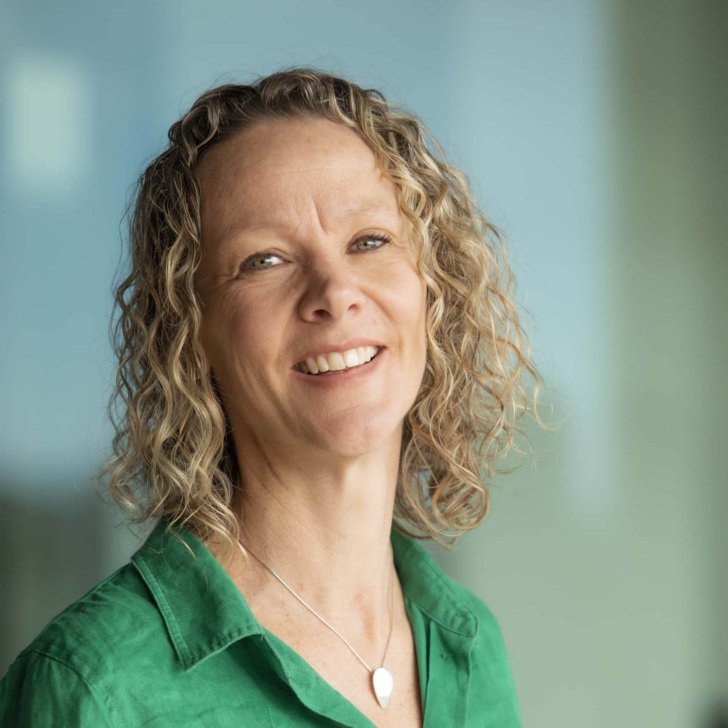Cell therapy for brain repair focusing on Parkinson’s disease
Proof of principle for cell replacement therapy in the treatment of Parkinson’s disease was first demonstrated in the clinic using human fetal tissue in the 1980s. Key limitations in this technology lie in the availability of donor material, graft survival and ensuring appropriate connectivity of the transplanted cells.
Our research is focused on strategies to identify and select the ideal dopamine neurons, promoting cell survival upon implantation and enhancing integration of transplanted cells into the host tissue.
Efforts include the use of neurotrophins such as GDNF to promote survival and plasticity, inhibitors of scar tissue formation (including chondroitinase) and exercise-induced plasticity.
Aims
- Identify and select the ideal dopamine neurons, promoting cell survival upon implantation and enhancing integration of transplanted cells into the host tissue.
Research team
Supervisor
Research group
Take part in this project
Student applications
Students who are applying to study at The Florey can register their interest in this project. Refer to our step-by-step guide to help you with your application.
Contact us
If you’re interested in learning more about this project please contact our team.
